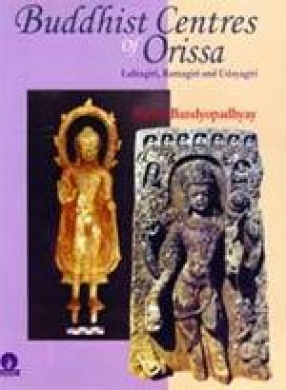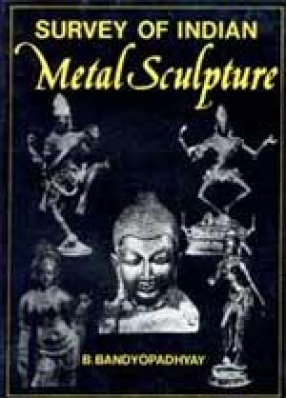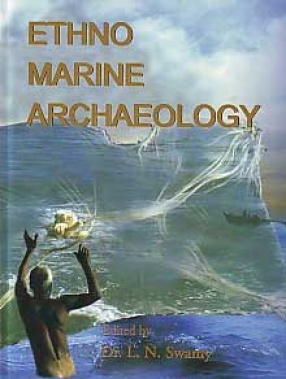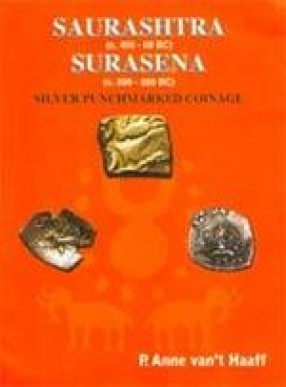The study of Indian bronzes has always been a fascinating subject for the scholars, yet the bronzes from eastern India which occupy a conspicuous position in Indian art has often been a neglected field. The subject was therefore, chosen by the author to make a comprehensive study which he did so meticulously that the University of Calcutta awarded him a Ph.D. Degree for the work. The work not only reveals the skill of the craftsmen of the past but a civilization that was at its height during the contemporary age. The study has further brought out the socio-cultural base of this form of art which once formed a part of the curricula of the famous University of Nalanda for its students from India and abroad. The east thus was once one of the main centers of metal casting and a source of inspiration for the craftsmen of India as is evident from the ancient literature. The abundant availability of the bronzes during the Pala period and their high quality speaks of their heritage. After its initial adherence to the earlier school for a short period there developed a full blooded Eastern India school renowned for its graceful charm and sensuousness. Due to the rise of Vajrayana cult in Buddhism patronized by the royalty and the elite the extensive pantheon of Buddhist Gods and Goddesses grew adding a new dimension to the iconoplastic art. The process of creating unmatching objects of art continued through generations-for more than three centuries and it oscillates between the abstract and the reality of form. With the change of the ruling dynasty the art died out being overpowered by a debased classicism. In its first chapter the development of metals art in India has been narrated with a reference to the technique involved. In chapter two the development and growth of the metal art in eastern India has been narrated and has been broadly divided into three periods, i.e. Early Pala, Classical Pala and Late Pala. How the art form developed and flowered to its best has been analysed with reference to specimens illustrated in the book. The east Indian School has made to lasting influence on the metal art of Orissa, Madhya Pradesh etc. and surrounding countries like Nepal, Tibet, Burma, Ceylon, Java, Siam and that has been studied in chapter three. Several literary texts contain evidences relating to the casting of images in metal and that has been elaborately discussed in chapter four. The book has been illustrated by more than sixty plates and it has further been enriched by a classified list of selected metal sculptures housed in different museums of India and abroad.
Buddhist Centres of Orissa: Lalitagiri, Ratnagiri and Udayagiri
Orissa has been Cinderella ...
$67.50
$75.00







There are no reviews yet.